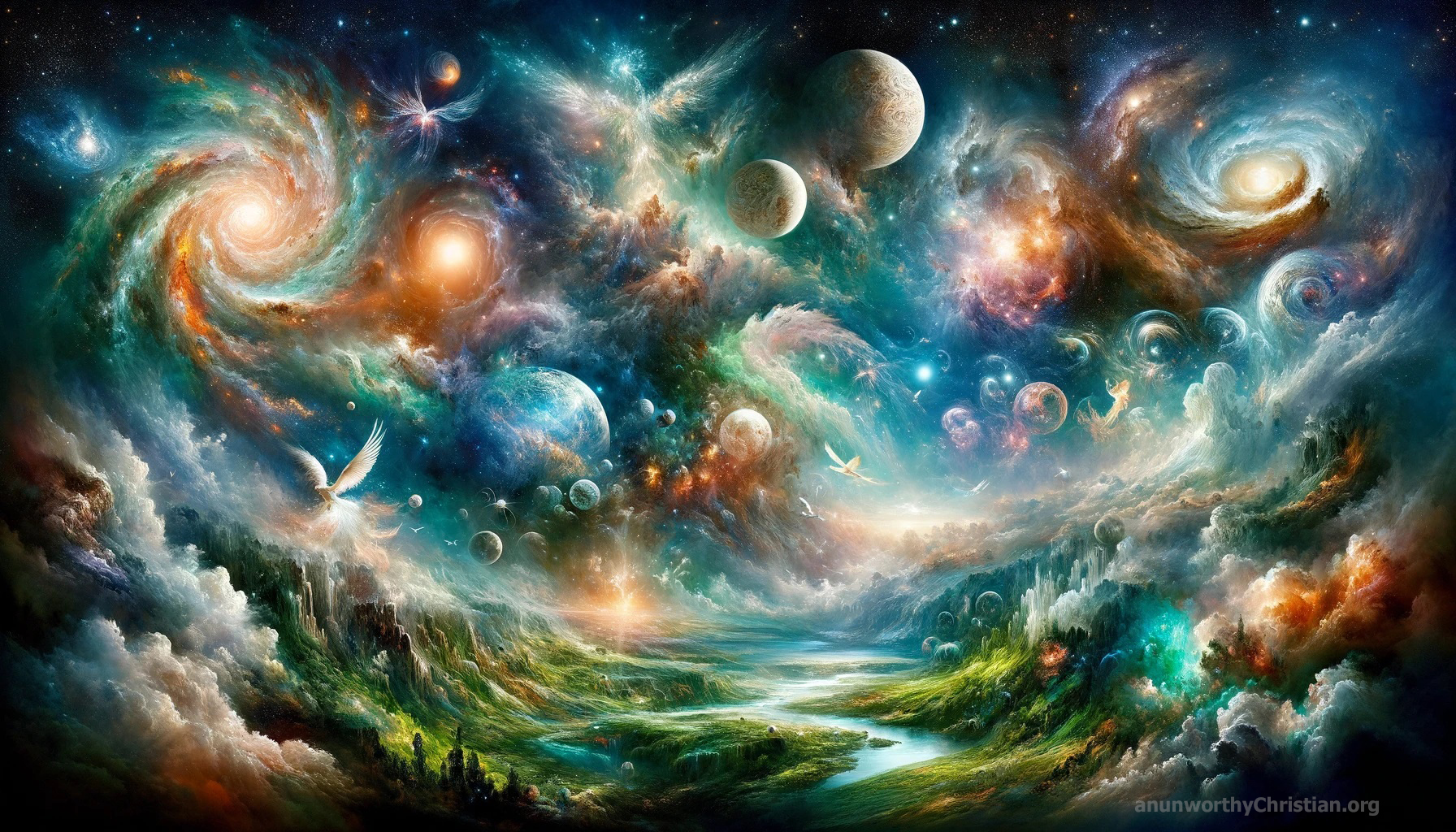The story of creation in Genesis 1 from the Bible unfolds over six days, culminating with a day of rest. On the first day, God spoke light into existence, distinguishing day from night. The second day saw the formation of the firmament, which God called Heaven, to divide the waters above from those below. It's important to note that this "Heaven" refers to the sky and outer space we observe, not the spiritual realms where God and celestial beings reside, which are understood to have already existed.
On the third day, God gathered the waters below the Heaven into one place, allowing dry land to appear, which He named Earth. He also commanded the earth to bring forth grass, herbs, and fruit trees bearing seeds. The fourth day involved the creation of two great lights—the greater light to govern the day and the lesser light to govern the night—along with the stars, setting them in the firmament of Heaven to illuminate the Earth and mark days, seasons, and years.
The fifth day's work included creating living creatures in the waters and birds to fly above the earth in the open firmament of Heaven. On the sixth day, God created land animals and finally made mankind in His own image, giving them dominion over all other creatures and instructing them to be fruitful, multiply, and fill the Earth.
God saw that everything He had made was very good, and on the seventh day, He rested from all His work, blessing the day and sanctifying it as a day of rest. This narrative not only outlines the physical creation but also sets a foundation for the understanding of time, stewardship of the earth, and the sanctity of rest.
